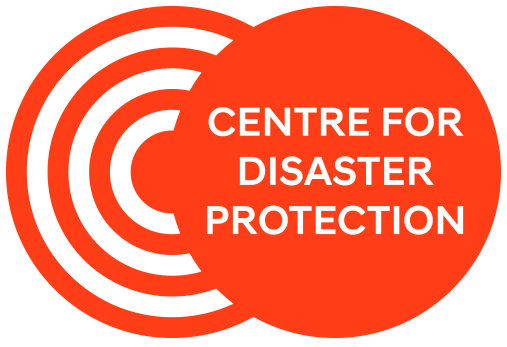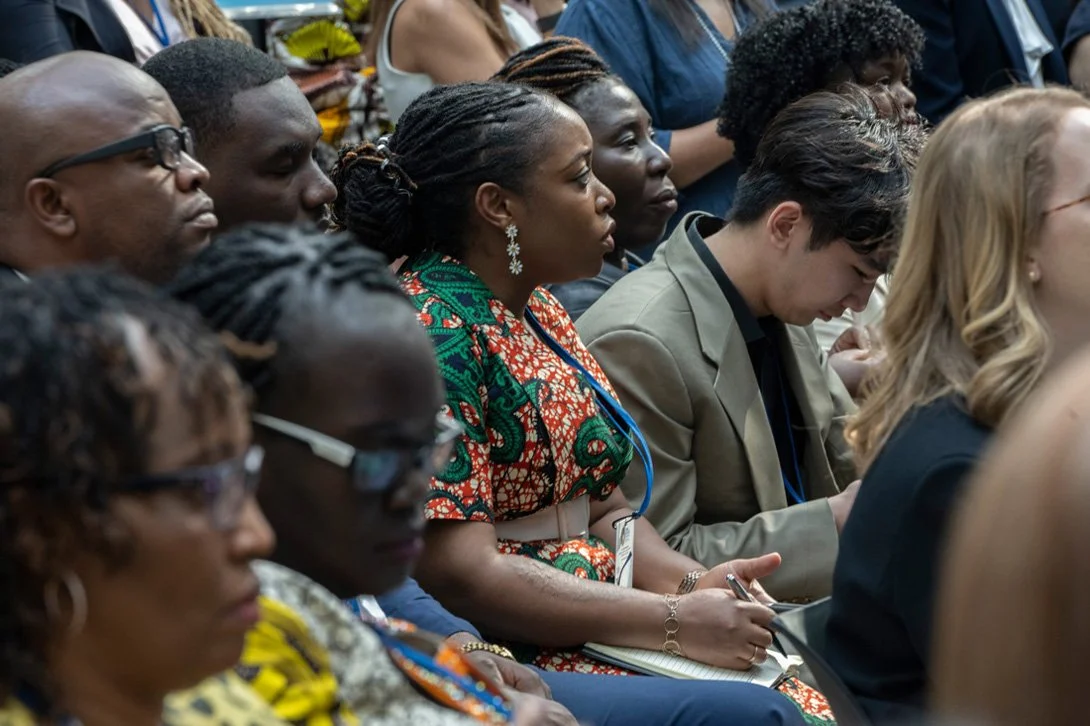Better is possible: How the World Bank can rise to meet climate and crisis risk
Authors: Daniel Clarke and Stefan Dercon
April 13, 2023, Washington DC. World Bank Group / International Monetary Fund 2023 Spring Meetings. Photo: Beheen Parvin Dabestani / World Bank
In August 2022, extreme monsoon rains exacerbated by glacial melt runoff, resulted in catastrophic floods in Pakistan. The damage was on an unprecedented scale, with flood waters inundating tens of thousands of square kilometres. Pakistan sought substantial support from the international community for assistance with the immediate humanitarian response, as well as recovery and reconstruction efforts estimated in the billions of dollars.
It is in such crisis situations that the World Bank shows its worth. The Bank quickly announced close to $1.7bn available to support recovery efforts, including housing reconstruction and crop restoration in support of vulnerable communities.
Similarly, in the immediate aftermath of February’s devastating earthquake in Turkey and Syria, the Bank was fast and decisive, committing close to $1.8bn to assist Turkey in relief and recovery efforts.
The agility to quickly commit and disburse resources in rapid response to crises hitting, will become increasingly critical in the age of climate crisis - with more frequent, costly disasters anticipated.
Although the World Bank may have the balance sheet and ability to quickly write cheques – its effectiveness in cashing such cheques is less self-evident.
It is now six months following the declaration of disaster in Pakistan and less than 10% of the committed World Bank funding has been spent. Yet, this is better than average. Over the previous decade the World Bank took more than 398 days – over one year – on average between the date of a crisis hitting and the very first dollar to flow from its IDA Crisis Response Window.
Lack of speed is not simply a problem of managerial bureaucracy and red tape. It is the consequence of a strategic failure on three fronts:
Although the World Bank has exemplary risk management expertise, it is absent from mainstream structures and incentives. The disaster, climate, pandemic, and crisis risk management teams provide high-quality technical advice to country finance ministries to set the right budgetary incentives for government departments – World Bank operations, however, are not incentivised to do the same within their own programmes.
The Bank has substantial financial fire power, but too little financing is pre-arranged, with few incentives for recipient countries to prepare for predictable crises before they happen. The Bank has designed crisis response instruments that pre-arrange finance, notably the Catastrophe Deferred Drawdown Option (Cat DDO), which provides general budget support ‘money in’ to governments fast when a disaster strikes. But it doesn’t link that support with help on ‘money out’ – such as mechanisms to streamline procurement or prioritise budget allocation between ministries. Neither Turkey nor Pakistan had a Cat DDO in force. A further $1bn of the Bank’s IDA Crisis Response Window can, in principle, be pre-arranged to respond quickly to food security or health crises, but any such pre-arrangement has yet to be fully executed.
The Bank’s tailored reports and analysis on the consequences of climate change lack focus on near-term crisis risks. Without a clear articulation of the specific and different risks faced by each country – governments are not incentivised to prioritise or invest in disaster preparedness.
What does a World Bank fit for purpose to meet twenty first century climate crisis risk look like?
The Bank should help countries to act early, with pre-agreed finance linked to ready-to-go delivery plans. The Bank has just approved a new kind of financial instrument – the Investment Project Financing with Deferred Drawdown Option (IPF-DDO) – with the potential to act as a workhorse for financing targeted early action, such as scaling up social protection or reconstructing critical infrastructure. And there is experimentation with using results-based-financing instruments to finance insurance-linked early action. But these hard-working alternatives are currently disadvantaged. Cat DDOs have not been widely adopted but are available for the poorest countries on an ‘allocate $1, get $4’ offering. Alternative instruments more readily suited to early action must be fully financed by existing country envelopes. To encourage take up, incentives must be better aligned.
The Bank should make contingent planning and preparedness investment part of its core offer to countries. When floods hit Bangladesh in 2020, a pre-planned response ensured digital cash transfers were made five days before the floods peaked, supporting people to take effective action, and protect assets and consumption. The World Bank-supported similar programmes in Pakistan, but critical support was only made available after people were already displaced from their homes.
Contingencies should be front and centre of the Bank’s ‘knowledge product’ offering. Currently, they focus on long-term growth or poverty effects, with not enough attention paid to the impacts of extreme events and climate shocks to lives and livelihoods. Just as the IMF should make climate risk part of its macroeconomic stability surveillance, the World Bank can play a clear role in documenting the potential human and economic developmental consequences a country may face. For example, through the systematic country diagnostics or more focused products like the Bank’s new Country Climate and Development Report.
If not now, when?
Political momentum is building – from shareholders, climate-affected countries and activists alike – to drive meaningful reform of the World Bank and to better align the international development and climate-finance agenda. Following his nomination as the U.S. candidate, it is expected that former Mastercard chief executive Ajay Banga, will be appointed as the next President of the World Bank, in no small part due to his perceived credentials in tackling the climate crisis.
Shareholders will task the incoming leadership to drive the delivery of this reform agenda at pace. It is likely to go beyond the already raised ambitions of the World Bank’s ‘Evolution Roadmap’, designed to address pressing global challenges, including “climate change, pandemics, and fragility, conflict and violence, that all affect the Group’s ability to achieve its mission (to eradicate poverty and boost shared prosperity).”
Much of the febrile political and media speculation on the change in leadership has focused on the assumed tension between protecting the Bank’s original mission and the imperative to address these cross-border challenges. But this is a false dichotomy. Major shocks risk backsliding on hard won development gains. In Pakistan, the World Bank estimates the 2023 flooding could push approximately 9 million people (4 percent of the population) into extreme poverty. It is the people and countries at the intersection of poverty and climate-risk, who must be better served by the Bank’s reform agenda, if it is to be judged as a success.

